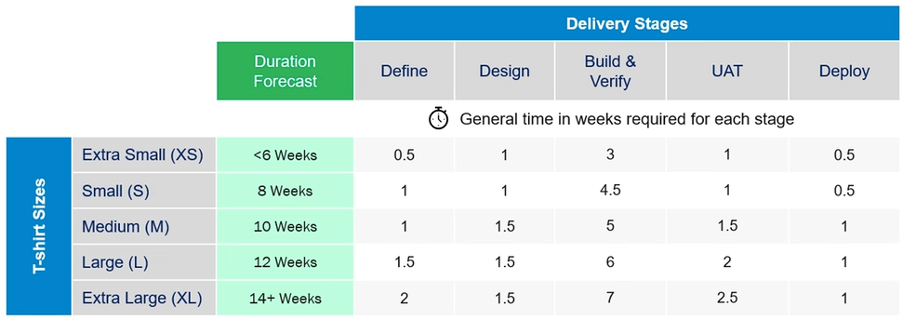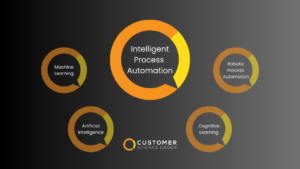Making the Case for Process Automation – how to estimate effort and ROI.
One of the keys to making a successful process automation decision is to have a solid business case that can estimate the return on investment (ROI) and assess the effort involved in building the automation.
The outcomes sought when automating your business processes are typically the same everywhere you go:
- Increased productivity (stop wasting time on tedious manual tasks)
- Increased efficiency and scalability (automation run 24×7, can process quickly and don’t go on leave)
- Improved accuracy and quality (people often make mistakes when working on boring, repetitive things)
- Better compliance and governance (standard operating procedures are always followed)
- Happier staff and customers (automation should improve the staff and customer experience)
These are all great reasons, but the decision to automate a process usually comes down to how much capacity will be returned to the business – expressed in terms of FTE (full-time employee) cost savings. When considering whether a manual business process is ripe for automation, you will first need to pull together a short business case to ensure the ROI stacks up.
Before you begin, you want to make sure that your process has the following characteristics:
- The process is repetitive, rules based, takes time and is performed frequently.
- It is prone to human error and generates rework.
- The process is stable and doesn’t change very often, nor do the systems with which it interacts.
- It doesn’t rely on ‘unstructured data’ (such as business documents like contracts, chat, or free text in emails)
If the process meets the above criteria, you’re in good shape to move forward.
Firstly, you need to understand the time savings. How long does it take your people to complete the task or process, and how frequently it is done? Would it benefit from 24 hour operation?
- Volume: The number of transactions or instances of the process occurring within a specific time frame.
- Frequency: How often the process is executed.
Secondly, you need to understand the complexity involved in building automation.
T-shirt sizing is a high-level and simplified estimation technique used to categorize the complexity of a process into different sizes, much like T-shirts (X-Small, Small, Medium, Large, and X-Large). This approach helps in determining the effort, resources, and time required to implement automation solutions for various processes.
When sizing a process for automation, we consider several complexity metrics, which can be broadly grouped into the following categories:
Process Characteristics:
- The number of steps: The total count of actions or tasks within the process.
- Variability: The extent to which the process steps or inputs change.
- Exceptions: The frequency of deviations from the standard process or the need for human intervention.
- Structured vs. Unstructured data: The ratio of data that can be easily processed by automation tools to data that requires manual intervention or additional processing.
Integration Complexity:
- The number of systems: The total count of applications, databases, or platforms the automation solution must interact with.
- Data exchange: The volume and complexity of data that needs to be transferred between systems.
- API availability: The presence and quality of APIs for the systems involved in the process.
- Application type: Does it interact with web or desktop applications? Does it need to use Citrix or Virtual Desktops?
Compliance and Security:
- Regulatory requirements: The level of adherence to industry-specific rules, policies, or standards.
- Data sensitivity: The presence of confidential or sensitive information that must be handled securely.
After evaluating these metrics, the process can be sized as follows:

Extra Small (XS): Very low complexity processes with only a couple of steps, very low variability, and integration requirements.
Small (S): Low complexity processes with few steps, low variability, and minimal integration or security concerns.
Medium (M): Processes with moderate complexity, a higher number of steps, more variability, and some integration challenges.
Large (L): Complex processes involving numerous steps, significant variability, multiple system integrations, and strict compliance requirements.
Extra Large (XL): Highly complex processes with a large number of steps, extensive variability, numerous system integrations, and stringent compliance and security demands.
Building the Business Case
By categorising processes using T-shirt sizing, you now have an understanding of implementation efforts and can prioritise automation initiatives, allocate resources more effectively, and better estimate the return on investment (ROI) for each automation project.
Are you looking to automate your business processes and improve productivity, efficiency, and accuracy?
Get in touch if you’d like help building out a business case for your automation initiative, our team would love to help.
Written by Bart Thomas
